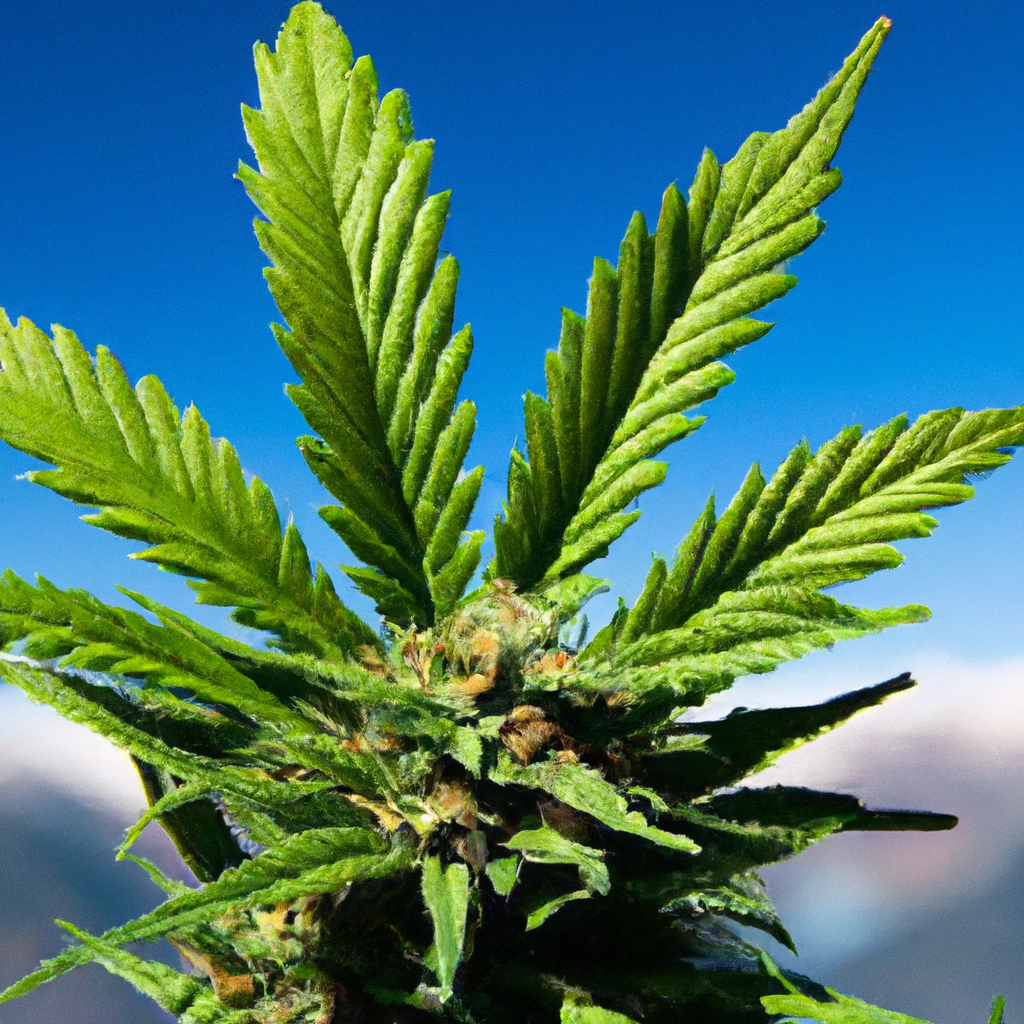By John “Magic” Greenleaf – “Growing greatness, one strain at a time.”
Introduction
High-altitude cannabis cultivation offers unique challenges and unparalleled opportunities for growers willing to embrace its complexities. While the typical discourse focuses on soil, climate, and basic techniques, some hidden factors can dramatically influence your harvest’s success. Let’s dive into these often-overlooked areas and reveal how to transform potential stumbling blocks into stepping stones on your path to cannabis greatness.
The Impact of Altitude-Induced Stress
At higher altitudes, cannabis plants are exposed to a form of stress that’s less prevalent at lower elevations. This stress, however, can lead to the development of stronger, more resilient plants over time, enhancing their potency and flavor profile.
- UV Radiation: Increased exposure to UV rays can cause plants to produce more trichomes, enhancing THC and terpene production. However, it also demands protective measures for growers and plants alike.
- Temperature Fluctuations: Greater day-night temperature swings require adaptive strategies to minimize growth shock and enhance resilience.
Adaptive Strategies for Managing Altitude Stress
Mastering high-altitude stress management involves not just recognizing the issues but bringing innovative solutions to the table.
- Cultivar Selection: Opt for strains with known resilience to altitude, such as landrace varieties from mountainous regions or strains like John’s own “Magic Kush.”
- Protective Measures: Implement shade cloths and greenhouse glazing to manage excessive UV exposure. Use horticultural lighting to mitigate temperature effects.
- Nutrient Management: High-altitude air can create dry conditions, impacting nutrient uptake. Regularly monitor and adjust nutrient solutions to compensate for environmental variability.
Leveraging Environmental Data for Optimal Growth
Adopting advanced technology can make a substantial difference in high-altitude cultivation. Automated systems and AI-driven insights can help growers tap into environmental conditions that fluctuate rapidly at altitude.
- Automated Climate Control: Implement sensors and Wi-Fi connected climate controls to maintain consistent temperature and humidity.
- AI-Guided Growth Analytics: Utilize data analytics to predict and react to environmental changes, optimizing water, light, and resource use.
Conclusion
Navigating the challenges of high-altitude growing requires an understanding of unique stress factors and an insightful approach to adapting traditional techniques. By selecting resilient strains, employing technological tools, and tailoring strategies to specific environmental needs, growers can transform high-altitude challenges into a rewarding endeavor, harvesting potent, flavorful cannabis.
As always, keep learning and adapting—because, as we like to say, “The altitude makes us tougher—and so does our weed.”


Leave a Reply